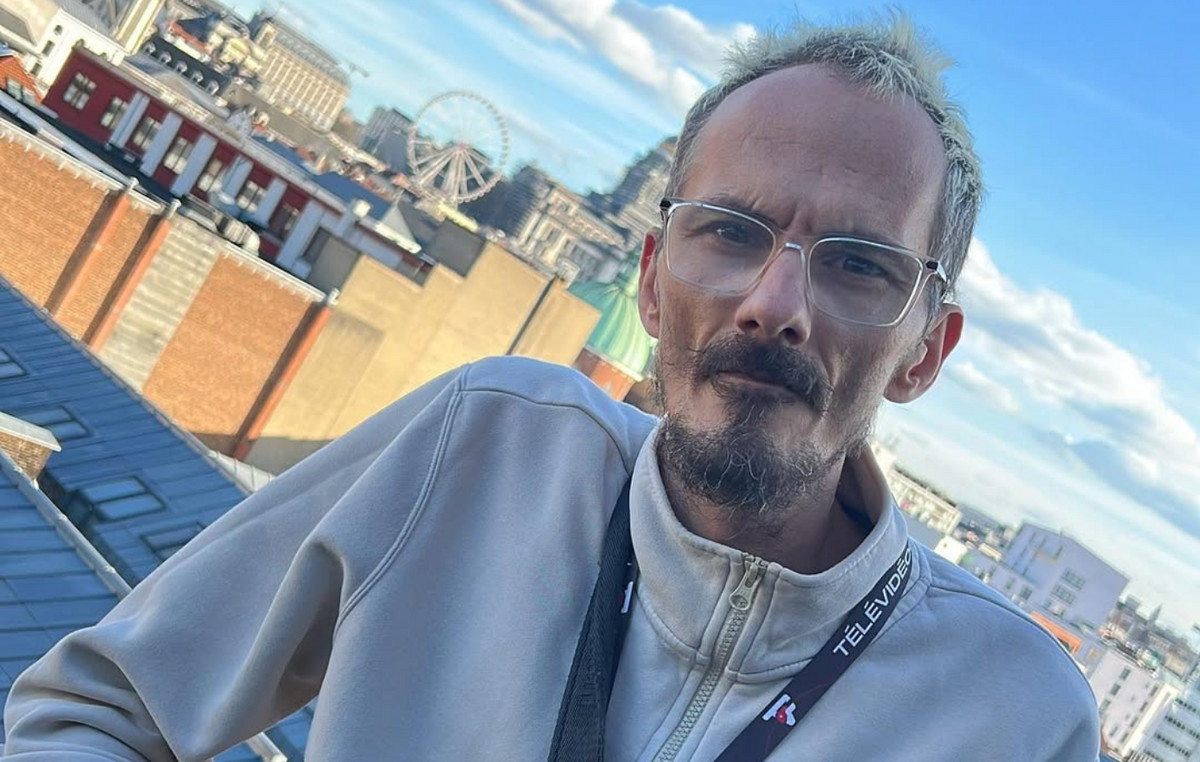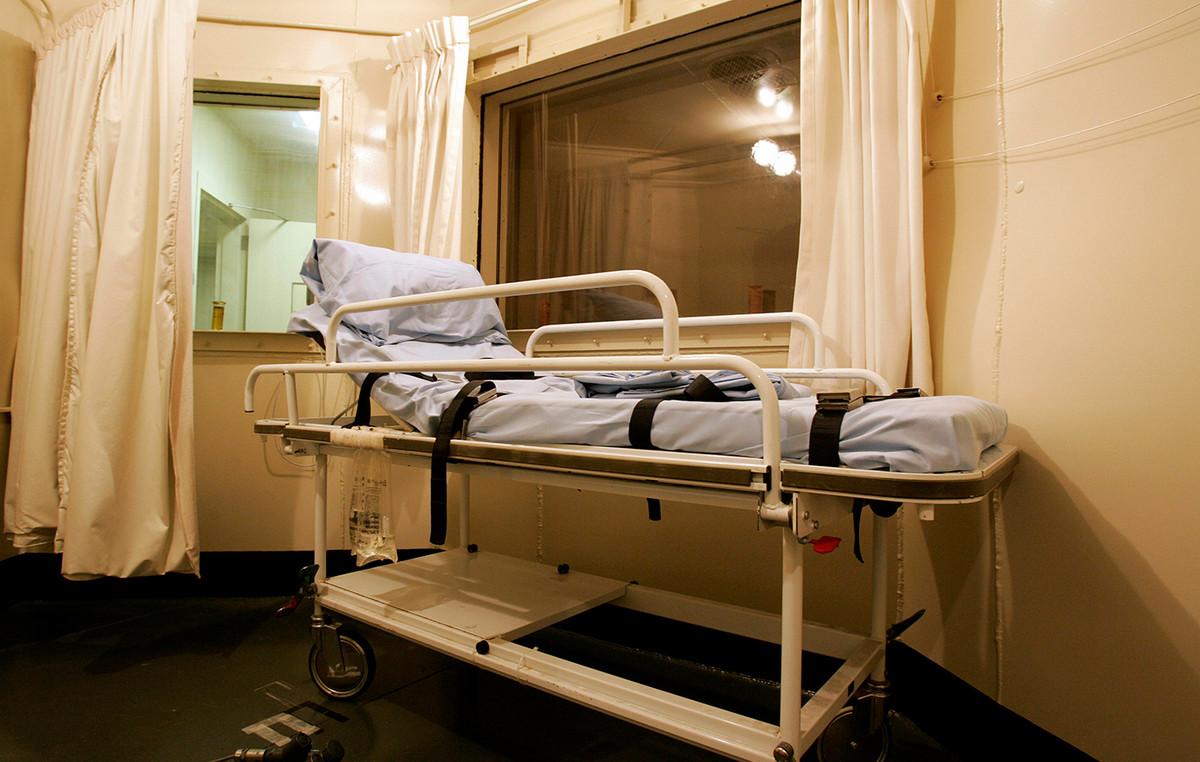Brazil spends approximately R$ 125 billion per year to combat diseases related to the use of tobacco products, according to the National Cancer Institute (Inca).
- R$50.2 billion in direct medical costs (equivalent to 7.8% of all health spending in the country);
- BRL 42.4 billion in indirect costs arising from lost productivity due to premature death and disability;
- BRL 32.4 billion in care costs for family members and close people.
The value accounts for direct and indirect costs that the Unified Health System (SUS) spends against approximately 50 illnesses, including various types of cancer, respiratory diseases and cardiovascular diseases.
There are also other diseases related to smoking:
- digestive tract ulcer;
- osteoporosis;
- cataract;
- oral and dental pathologies;
- sexual impotence in men and infertility in women;
- early menopause;
- pregnancy complications.
They can be caused by active smoking, but also by passive exposure to tobacco smoke, according to the Ministry of Health.
In 2023 alone, Inca has already registered more than 32,000 cases of trachea, bronchial and lung cancer. Lung cancers and tobacco consumption are related in more than 80% of cases, estimates the institute.
In 2020, the institute points out that smoking was responsible for 161,853 deaths (443 deaths per day or 13% of all deaths that occur in the country per year). In the same year, as a result of smoking:
- 444,953 new cases of heart disease;
- 433,729 new cases of Chronic Obstructive Pulmonary Disease (COPD);
- 52,737 Cerebrovascular Accidents (CVA);
- 40,261 new diagnoses of other cancers;
- 26,126 new diagnoses of lung cancer.
Chronic disease
Smoking is a chronic disease caused by nicotine addiction, according to the World Health Organization (WHO). Thus, it is included in the group of “mental, behavioral or neurodevelopmental disorders” of the International Classification of Diseases (ICD11).
It is also considered the single largest preventable cause of illness and early death worldwide.
Young people and electronic cigarette
The import, advertising and sale of electronic cigarettes in Brazil are prohibited by the National Health Surveillance Agency (Anvisa). The restriction began in 2009, but sales are illegal on streets across the country and on e-commerce.
Also called “vape”, electronic cigarettes enter the daily lives of many people with the justification that they would help to end addiction to traditional cigarettes or reduce it, which did not prove to be true.
“Electronic cigarettes emerged for damage control in groups of smokers, but without any scientific data to prove this. Many smokers migrated from traditional cigarettes to vaping, but continued to smoke”, reports André Raposo, head and neck surgeon.
In addition, he claims that vapes pose a danger in increasing tobacco consumption by young people, as fads and technology end up attracting this audience.
“The fact that they have a flavor, are easily accessible, and have low prices, helps to attract people to electronic cigarettes, especially young people, who do not see the stigma that traditional cigarettes have in this format”, says Raposo.

“It is worrying that, after two or three generations trying to escape tobacco consumption, young people start to find this habit beautiful again”, he ponders.
lack of regulation
Raposo also points out that the consequences of smoking electronic cigarettes are not yet investigated in depth by scientists, largely due to the lack of regulation, but that, in clinical analysis, they prove to be negative for the health of patients and similar to traditional cigarettes, which increases the chances of head and neck cancer by nine to ten times.
The doctor also says that the lack of regulation makes vaping potentially more dangerous, as the manufacturer can put any substance in the product. And he argues that regulation would not be a good alternative for introducing another potentially addictive product to the legal market.
The problem with young people, however, is not new. Most adults who smoke regularly in Brazil today started before the age of 19, says Inca. For this reason, the WHO considers smoking to be a pediatric disease.
In addition to vapes, there are a variety of tobacco-derived items that can be used in different ways in the domestic market. These are products that can be smoked, inhaled, snorted, chewed or absorbed through the oral mucosa.
Because they contain nicotine, they are all addictive and increase the risk of developing chronic diseases related to smoking.
See also: How does smoking affect the heart?
Price that facilitates consumption
O low price of cigarettes in Brazil is another element that encourages young people and poorer populations to start smokingpoints out a survey by Inca in Rio de Janeiro released on Monday (28).
“Since 2017, there has been no readjustment, neither the tax on tobacco products nor the minimum price established by law. The price has been frozen since the end of 2016”, says André Szklo, author of the study.
In the same period, the minimum wage increased by more than 40% in Brazil [passando de R$ 937 em 2017 para R$ 1.320 nesta semana]. As a result, cigarettes lose their real value considerably and become increasingly accessible to the population.
*With information from Agência Brasil
Source: CNN Brasil
I am an experienced journalist and writer with a career in the news industry. My focus is on covering Top News stories for World Stock Market, where I provide comprehensive analysis and commentary on markets around the world. I have expertise in writing both long-form articles and shorter pieces that deliver timely, relevant updates to readers.







